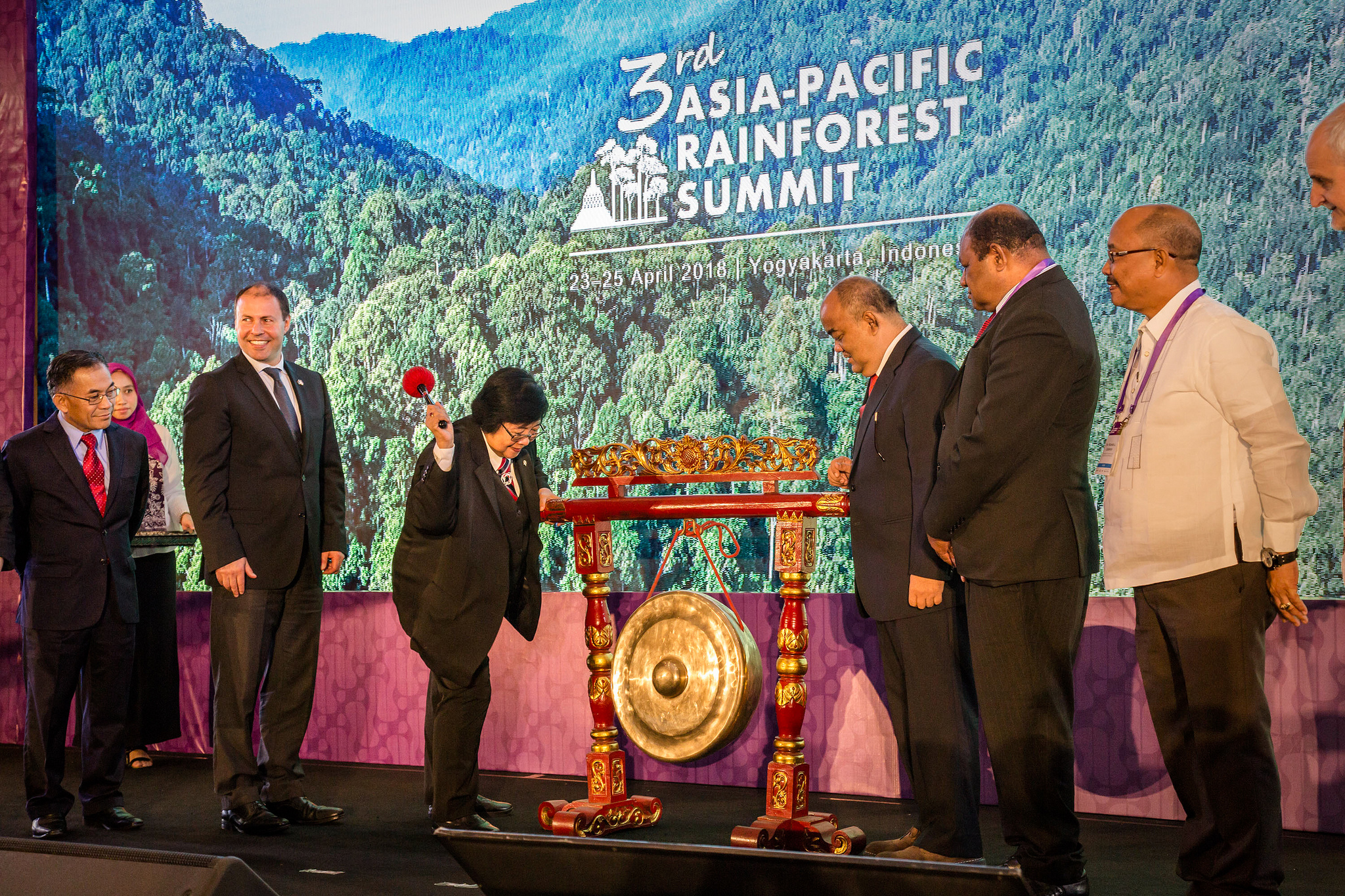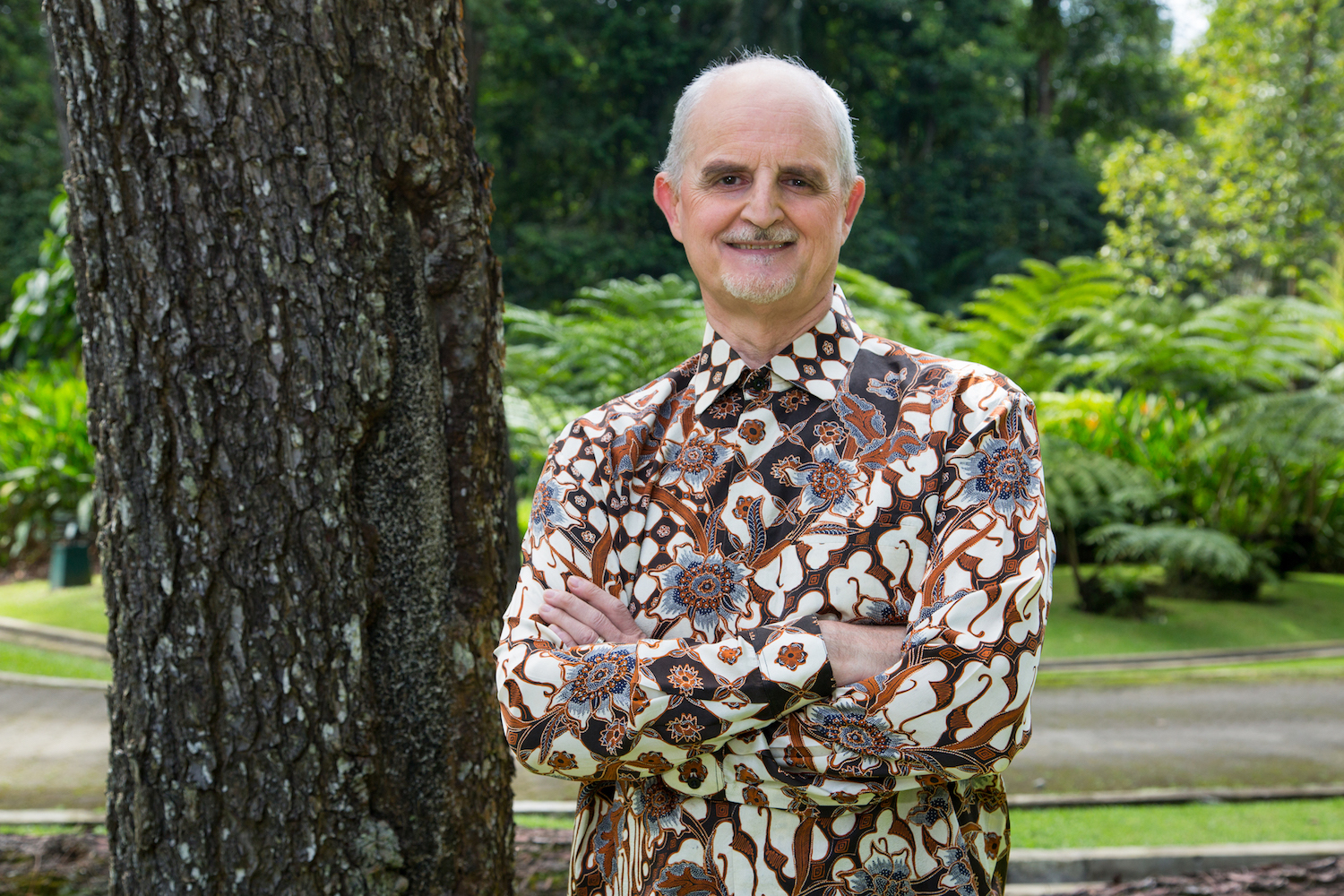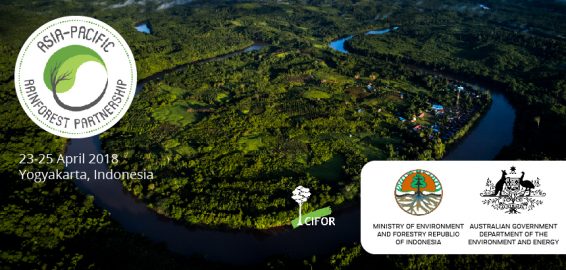Every time we pick out a new end table or order a burger, there could be an impact on forests. Rising incomes and ensuing changes of lifestyle and consumer demands, particularly in the world’s skyrocketing Asian markets, don’t come without taxes on the environment – unless we change our strategy, says Jack Hurd, Asia-Pacific Conservation Director for The Nature Conservancy. At the 2018 Asia-Pacific Rainforest Summit, we spoke to him about rethinking how forests factor into development, if they are to keep giving us the things we want and need.
This interview has been edited for content and clarity.
What does the 2018 Asia-Pacific Rainforest Summit theme “Protecting people and forests, supporting economic growth” mean to you?
Well if you think about it, a lot of countries in the Asia-Pacific region have traditionally been forested countries. Their initial economic growth started with the harvesting of timber and the selling of timber for local markets and for global markets. Forestry has always been part of a broader economic development program for many of the countries. The challenge that is existing right now is the fact that the economic development plan of many countries has favored agricultural expansion, mining expansion and associated infrastructure – at the expense of forests.
By specifically recognizing the role of people and economic development in this year’s conference, it means we’re really trying to put forests at the heart of rural economic development and make sure it’s part of rural economic development strategy rather than something that suffers from rural economic development strategy. And that repositioning is really important as we think about forests in the future.
In your opinion, what are some of the biggest issues facing Asia-Pacific environmentally?
So I think the Asia-Pacific region has a couple of big challenges that it’s trying to confront. And if you step back and look at the Asia-Pacific region, there’s about 60% of the world’s population. It’s the fastest-growing part of the world economically over the last 40 years. This combination of a lot of people and a lot of economic activity is creating a big demand for goods and services, and a lot of those goods and services are imported, and they come from different countries. So what that means is that there’s a big pressure placed on the resource base. For example, with forests, a lot of people are demanding more furniture, more paper products – things that are directly derived from forests.
A lot of people are also seeking to change their eating habits. There’s a preference for greater amounts of protein. That means more land for agriculture and more lands for animals, or more lands for fisheries. So this demand for protein increases the need to supply animal products for the global and local market. The problem with that is you end up with overfishing. Or the problem with that is you end up with over-harvesting of timber.
I think the third thing that’s an issue for the Asia-Pacific region is air quality, whether you’re in a rural area where there’s burning of forest land as part of the deforestation process, or you’re living in an urban area, where there’s a lot of smog and pollution caused from industrial action or air transportation emissions or from the heating and cooling factories that exist. So I think these three big issues around land-use change are big challenges for people in Asia-Pacific.
As part of the high-level panel on operationalizing REDD+ in the region, what are some points you’ll be making?
When we think about what REDD+ is and what it’s not, it’s not just about what do forests look like and how do we generate carbon emissions reductions from that. To me, it’s a different way to think about rural economic growth. So for example, for us to maintain forest cover at the appropriate level, there’s a number of different things that need to happen. We need to have good, solid and inclusive land-use planning that brings communities and other stakeholders into the discussions and the decision-making processes. We also need to have site-based management of land that takes into account the impact on forests.
So for example, if we’re seeking to manage natural forests for products for local and global markets, can we do that in a way that reduces the emissions compared to business-as-usual? When we’re trying to build out the oil palm sector or the fast-growing tree plantation sector, or trying to expand mining, can we do that in a way that’s cognizant of where existing high-value forests are, so that the forests don’t suffer disproportionately from that sort of economic development? And another thing we need to figure out is what are the policies that need to be in place to support good rural development planning and good site-based management? We need to reward good planning and good practice through policy interventions, and we need to penalize bad planning and bad practice through policy interventions.
And I think the last thing is we need to put in a really solid and accurate way to measure performance from an emissions reduction standpoint. There are great tools that are out there, and most countries have developed a way to measure emissions reductions from forest management in a way that is consistent with the UNFCCC protocols and procedures, and in a way that is driving down the costs of doing so at massive scales. So I think that in my mind this is what REDD+ is all about: a different approach to rural economic development that takes these very activist aspects of planning, management, policy and emissions reduction monitoring, and incorporates that into a new strategy going forward.
I think that what we’ve found as an organization working on this for the last 15 years is that it’s difficult to finance those different pieces all at once, but I’m feeling pretty optimistic about the future. People are talking more and more about blended finance, where you take finance from development banks or bilateral agencies, and you pool that with philanthropic donations from individuals or foundations. You use that combination to attract corporate financing and investment from financial institutions. And each of those sources of funding will be focused on a specific type of an outcome as I mentioned earlier, whether it’s policy, planning, on-the-ground engagement, community enhancement, etc.
So I think this is the thing we need to think about with REDD+, is that it’s not just a one-off type of a project, which is similar to how we’ve been thinking about things in the past. This is a new way to rural development that requires more sophisticated approaches to management and a more inclusive way of engaging different stakeholders in the process. And I think organizations like The Nature Conservancy and other NGOs have a unique role to play in that space, by trying to help advance ideas about multi-objective planning or multi-stakeholder processes – these sorts of softer skills that complement the really solid technical capabilities of and organization capabilities of the private sector and the government.
We want you to share Forests News content, which is licensed under Creative Commons Attribution-NonCommercial-ShareAlike 4.0 International (CC BY-NC-SA 4.0). This means you are free to redistribute our material for non-commercial purposes. All we ask is that you give Forests News appropriate credit and link to the original Forests News content, indicate if changes were made, and distribute your contributions under the same Creative Commons license. You must notify Forests News if you repost, reprint or reuse our materials by contacting forestsnews@cifor-icraf.org.



